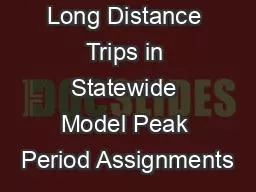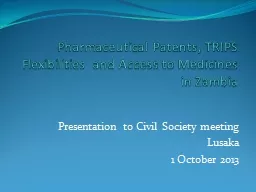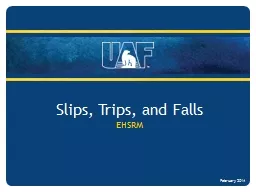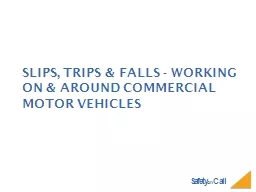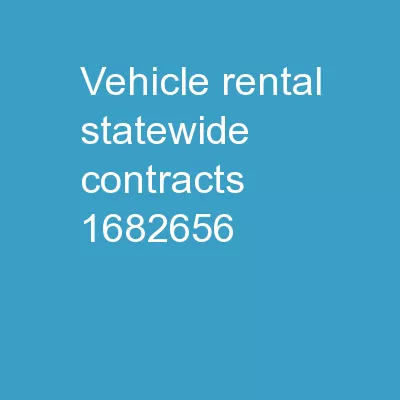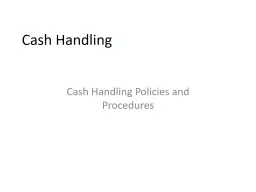PPT-Handling Long Distance Trips in Statewide Model Peak Period Assignments
Author : windbey | Published Date : 2020-08-03
May 17 2017 Steven Trevino RSG Vince Bernardin PhD RSG Hadi Sadrsadat PhD RSG Tennessee Statewide Model Overview ASSIGNMENT Freight Demand Short Distance Passenger
Presentation Embed Code
Download Presentation
Download Presentation The PPT/PDF document "Handling Long Distance Trips in Statewid..." is the property of its rightful owner. Permission is granted to download and print the materials on this website for personal, non-commercial use only, and to display it on your personal computer provided you do not modify the materials and that you retain all copyright notices contained in the materials. By downloading content from our website, you accept the terms of this agreement.
Handling Long Distance Trips in Statewide Model Peak Period Assignments: Transcript
Download Rules Of Document
"Handling Long Distance Trips in Statewide Model Peak Period Assignments"The content belongs to its owner. You may download and print it for personal use, without modification, and keep all copyright notices. By downloading, you agree to these terms.
Related Documents

